Prior to moving back to Portland, I was fascinated in thinking about mobility options in Seattle and the idea of a series of funiculars that would connect the waterfront to the areas of downtown uphill towards 5th or 6th Avenues. Walking those hills is a great workout, but even with grand plans to . Perhaps akin to the San Francisco Streetcar culture, these could be unique urban elements that , such as this counterbalance streetcar that used to operate on Queen Anne.

Anyone who has traveled in Italy will have encountered a funicular or two to navigate the hill towns. My favorite is, which also has the added benefit of acting as a park’n’ride to limit vehicular traffic in the tight streets, was in Orvieto.
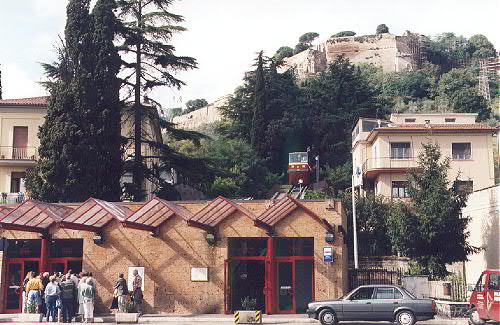
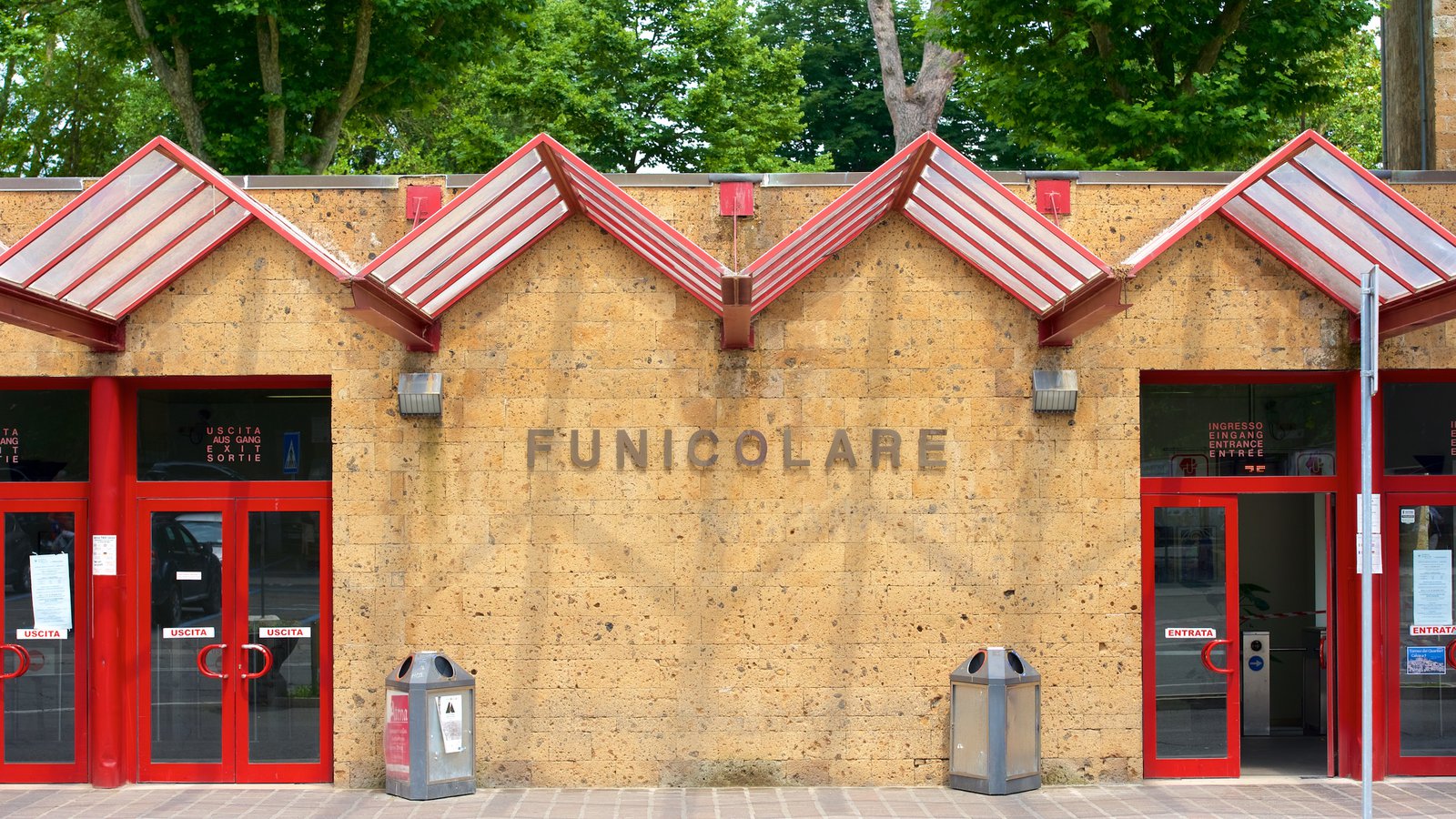
These are contextually somewhat different, but I was reminded of an urban example of the Funicular (in of all places, watching the series ‘Bosch‘ which are based on Michael Connelly novels) in Los Angeles, and the Angels Flight, which originally operated from the early 1900s through the 1960s, and was rebuilt around 1996 a block from the original location, in 2001 closed due to an accidental death, but was recently reopened
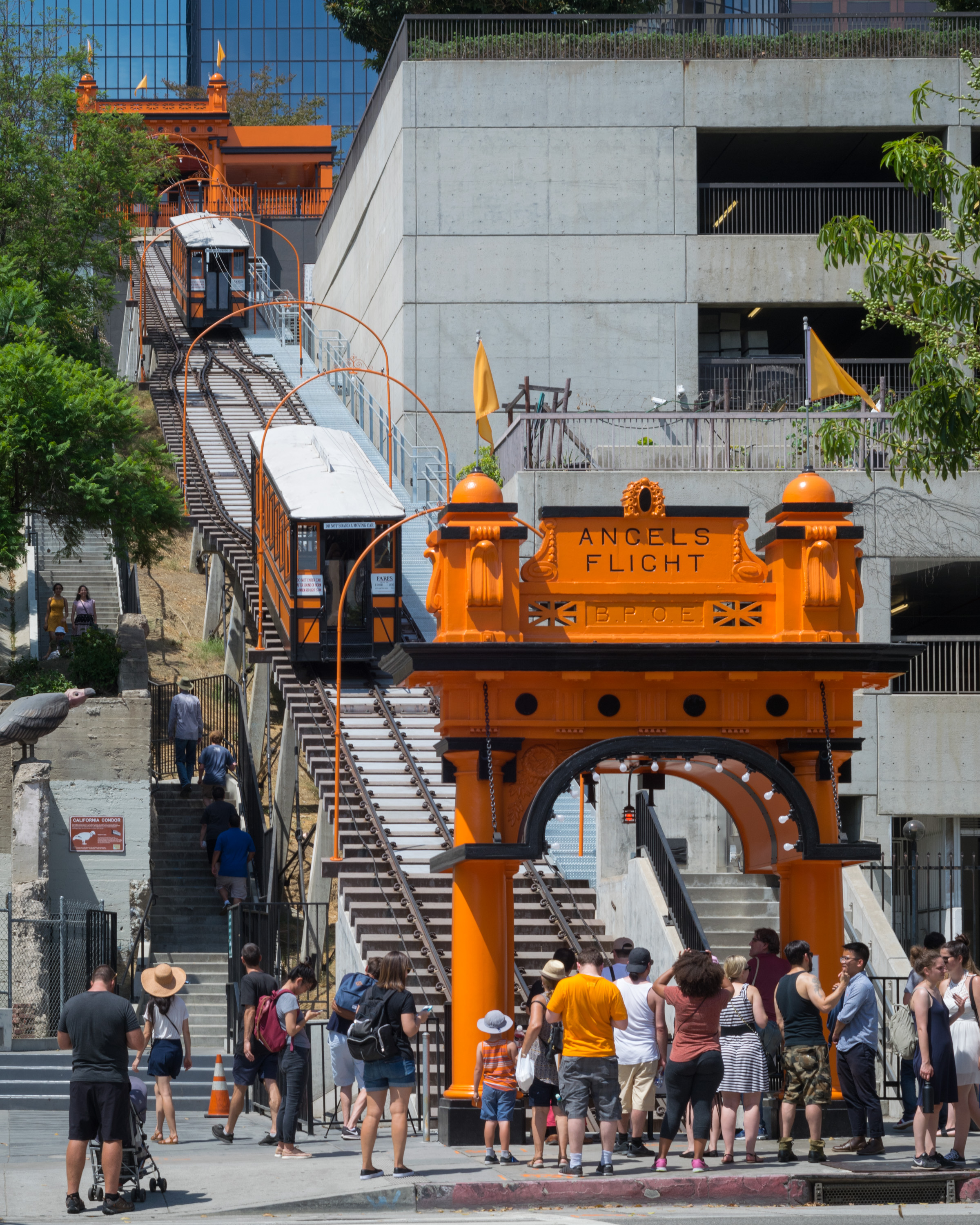
Another interesting one is the Duquesne Incline in Pittsburgh, which is in a little less dense zone, and maybe more tourist focused, but nonetheless offers a good connection from upper hillside zones to waterfront areas. Similar to other examples this was planned to be closed, but local residents raised funds to re-open it in 1963, and it has “since been totally refurbished. The cars, built by the J. G. Brill and Company of Philadelphia, have been stripped of paint to reveal the original wood. An observation deck was added at the top affording a view of Pittsburgh’s “Golden Triangle”, and the Duquesne Incline is now one of the city’s most popular tourist attractions.”
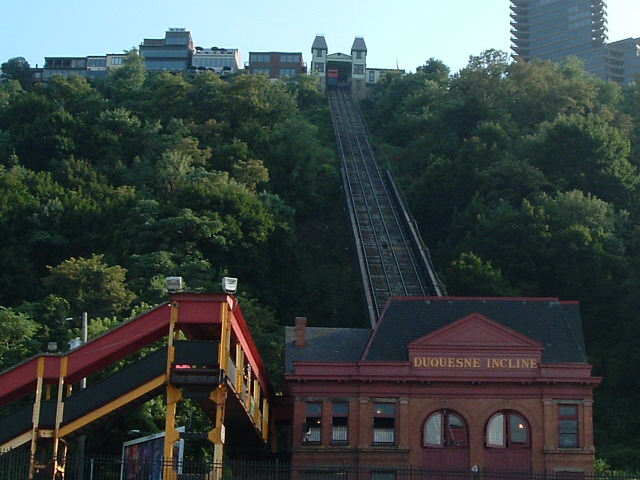
I’m sure there are other precedents in the US worth exploring (and of course, also an online magazine about Funiculars) but it was nice to see operating versions in the US, which although probably somewhat more tourist-oriented than functional, are good urban examples worth noting. In Seattle (especially for engaging the new Waterfront Park and post-Viaduct removal), or other similar places where hills provide a barrier to movement (my old neighborhood in upper Fremont!), I think it would be a ‘fun’ alternative to elevators or the uphill death march.
There are other options (see a few below) but I think a series of small kiosks, and a simple walk on/walk off every few blocks would be a boon to movement from downtown to the waterfront, and connect key places like Pike Place Market, Convention Center, Seattle Center.
Others out there that folks know about, let me know!
Or Gondolas?
Seattleites will of course be saying now – but “we’ve already got a plan for a snazzy Gondola“– planned to connect the Great Wheel with downtown and the convention center, which may, happen someday, but who knows. I like it but it seems less functional day-to-day, more like the monorail as a ‘something to do’ activity versus an actual functional transportation link.
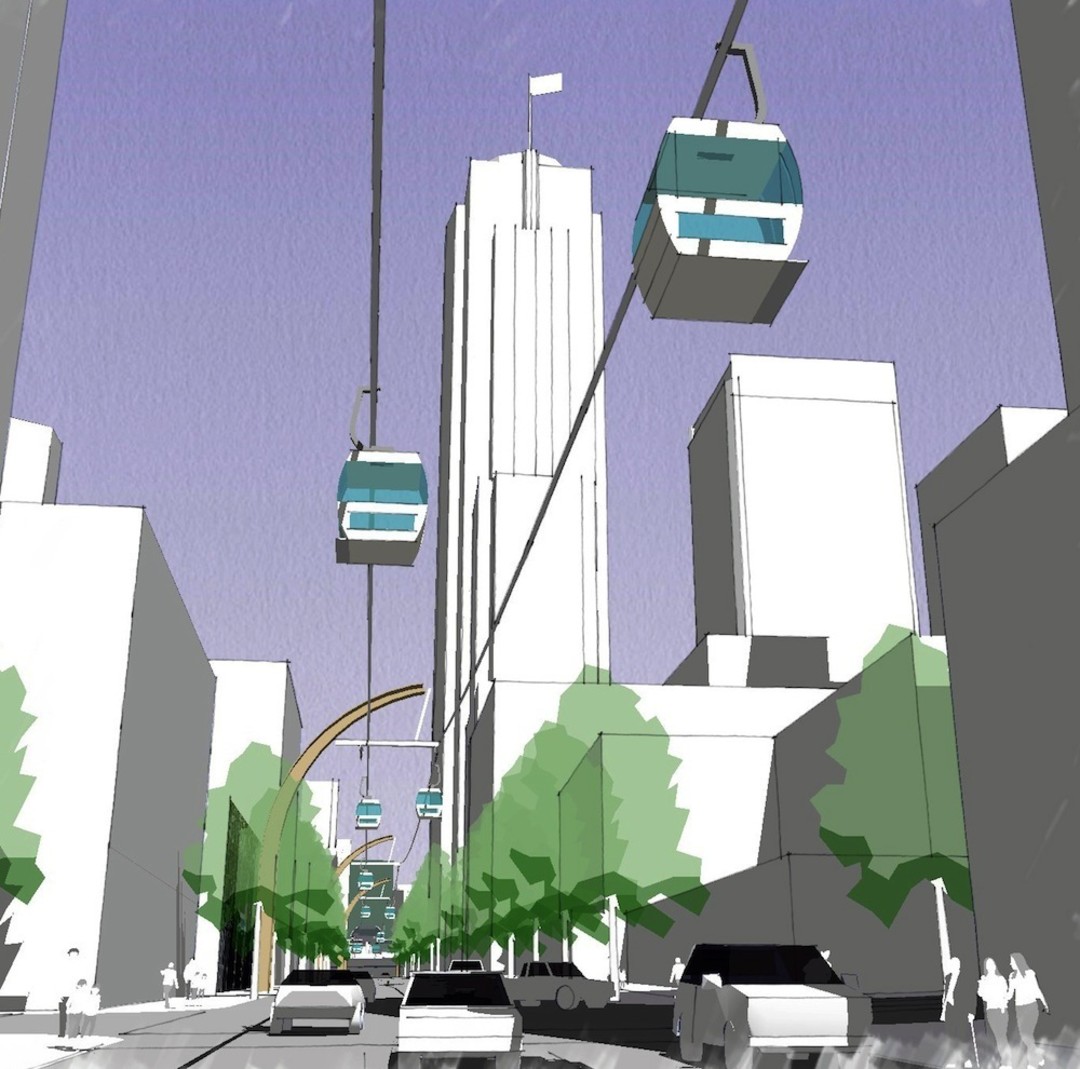
And of course Portland has it’s own aerial tram connecting South Waterfront to OHSU which I think does have a key connectivity element (perhaps similar to the hill town funiculars of Italy) in movement, but it’s more of an A to B element, not something that can be scaled to multiple zones in a downtown area.
Or Escalators?
There are a few examples in Seattle already, but the idea also arises of these along key streets to do covered escalators to aid movement uphill. My go-to example is Siena, which also is quite a hike from top to bottom, has a number of long escalators to connect you from perimeter parking zones.
And a search found an expansive escalator installed in a shantytown in Medellin, Columbia, which provided vital connectivity for residents. From the Daily Mail: “A huge outdoor escalator has been erected in one of the poorest districts of Colombia’s second largest city. For generations 12,000 people living in Medellin’s tough Comuna 13 – which clings to a hillside – have had to made the arduous journey up hundreds of large steps, which is the equivalent to climbing up a 28-storey building. But now a giant outdoor escalator will cut their journey from 35-minutes to just six, and grateful residents have said ‘it is a dream come true’.”
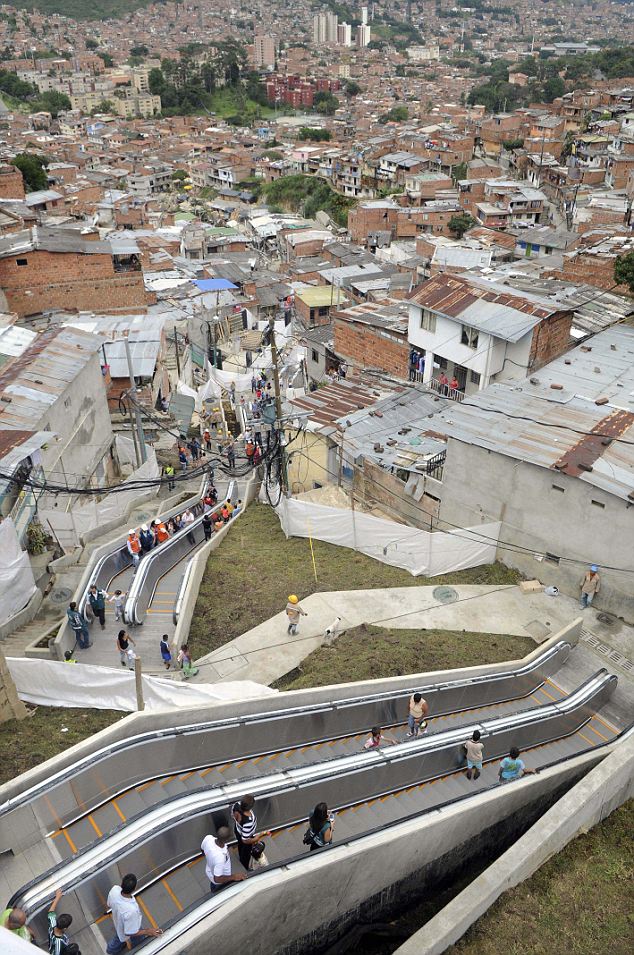
HEADER IMAGE: Orvieto Funicular – via Orvieto VIVA
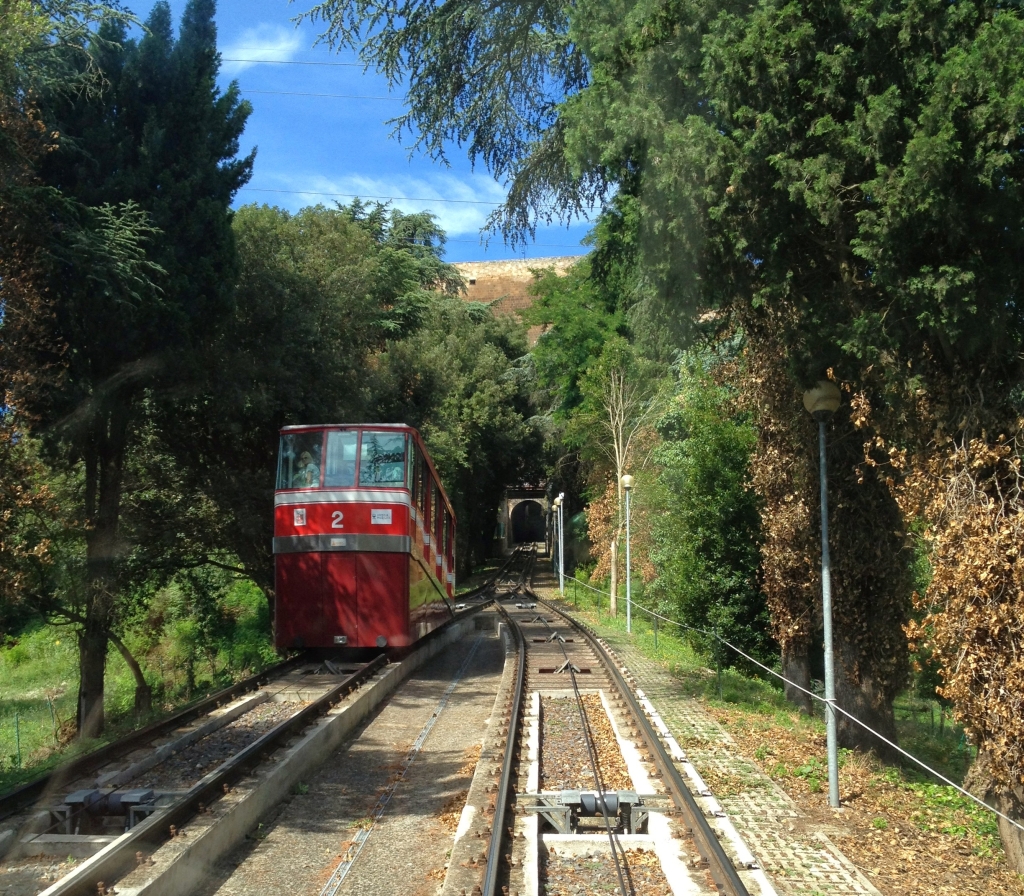
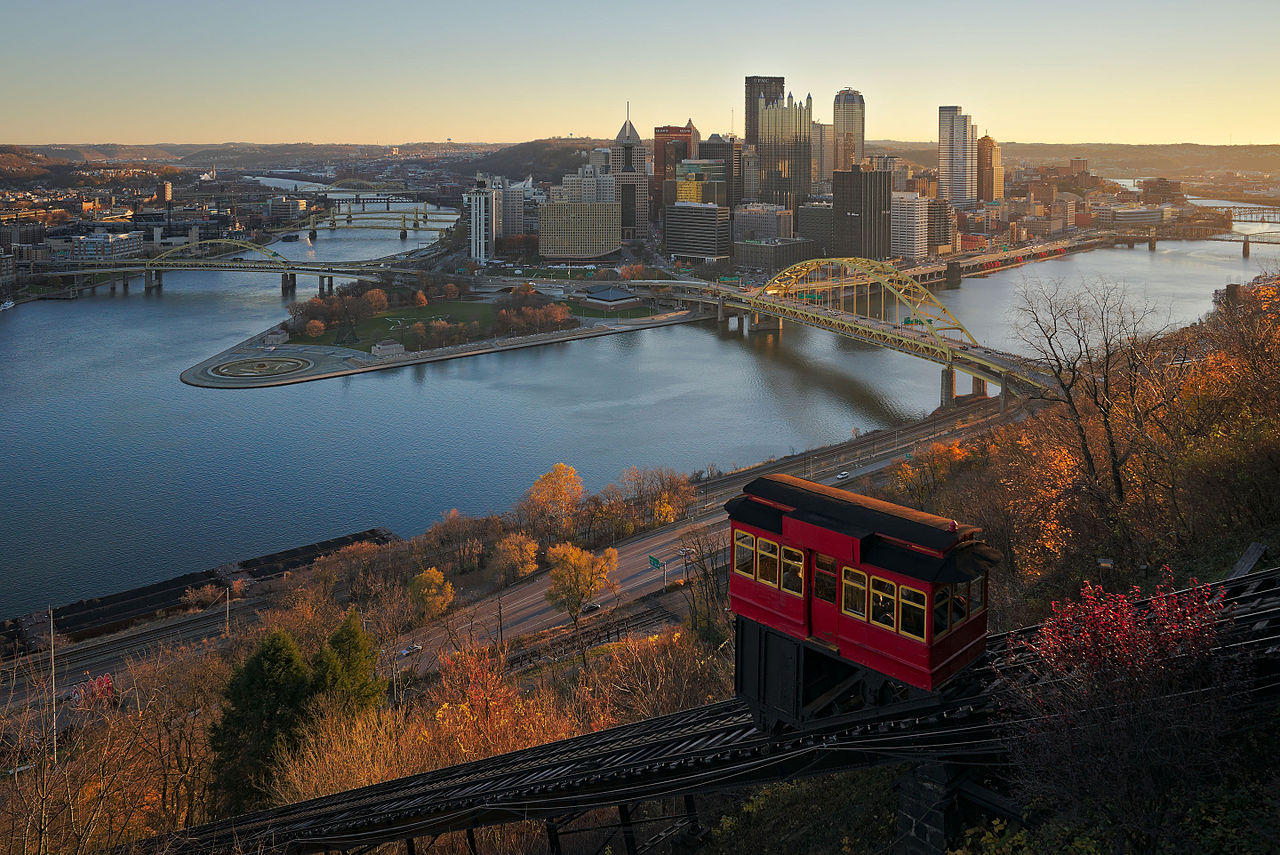
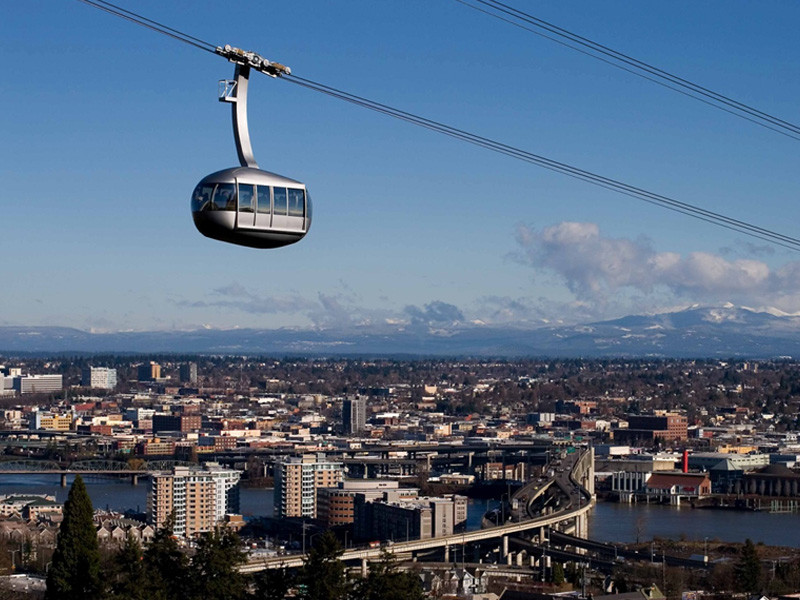
Jason – great story. Hong Kong’s Victoria Peak Tram is actually a world-class funicular, perhaps with the most riders of any in the world.
Thanks Mike – hadn’t heard of that one!
I’ve always appreciated funiculars of a particular vernacular